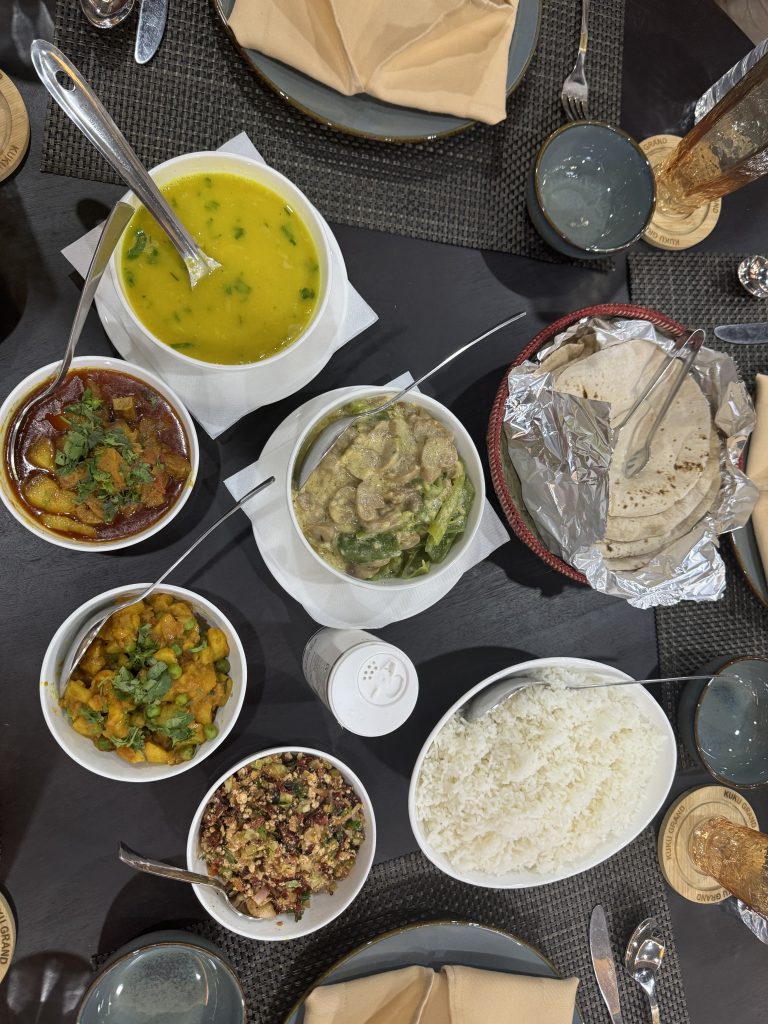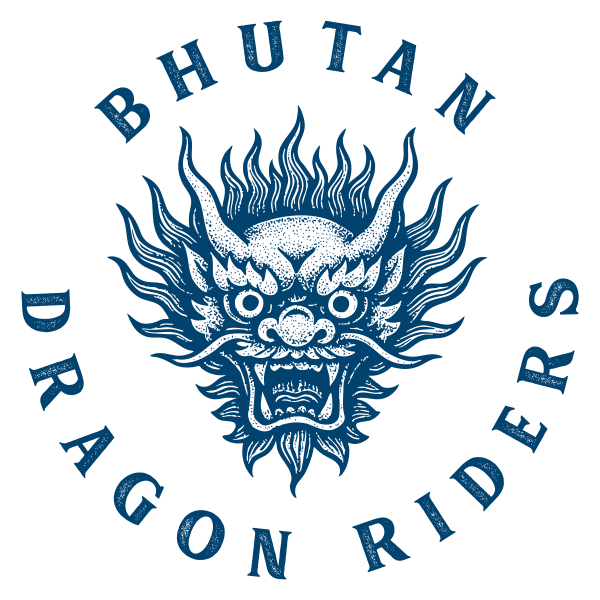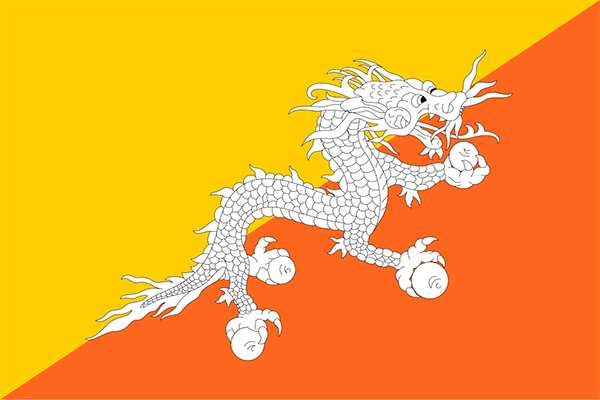Riding on Spice: A Culinary Journey Through Bhutan


Bhutan’s food, like its landscapes, is not about luxury, it’s about feeling alive and grounded.


When you first arrive in Bhutan, the crisp mountain air and fluttering prayer flags set the scene. But it’s not long before another unmistakable welcome greets you — the scent of red rice steaming, chilies drying on rooftops, and the comforting aroma of butter tea drifting from a farmhouse kitchen. For a country so small and remote, Bhutan’s food tells a surprisingly big story — one of warmth, resilience, and deep connection to the land.
Bhutanese cuisine isn’t about excess; it’s about balance and authenticity. Every dish has a purpose. Meals are often cooked over wood fire, using ingredients grown within walking distance — red rice from the terraces, potatoes from the high valleys, fresh yak cheese from the pastures, and chilies so hot they’ve become a national obsession. The most famous of all is Ema Datshi — chilies and cheese. It sounds simple, but it’s a revelation. The heat, the creaminess, the warmth — it’s Bhutan in a bowl.
On my first trip in the early nineties, food was an adventure in itself. There were no restaurants as such, only family homes and roadside tea stalls. Riders and truck drivers would gather around the same smoky hearth, sharing plates of rice, beans, and dried beef spiced with ginger and garlic. Today, Bhutanese food has found its way onto hotel menus and even fine dining tables, but the heart of it remains unchanged — a meal is always shared, and a guest is always fed.
Fire and Cheese
One of the delights of travelling by motorbike across Bhutan is the food that finds you along the way. In the high valleys near Bumthang, you might stop for warm khuli, a type of buckwheat pancake, with local honey. In the east, the dishes turn greener — ferns, nettles, and wild herbs gathered from the forest. In the south, where the air grows warmer, you’ll taste more tropical flavours — banana flowers, bamboo shoots, and the occasional touch of Indian spice.
Each region has its signature. Phaksha Paa, pork with red chilies, is a favourite everywhere. Shakam Paa, dried beef with radish, is the perfect mountain comfort food after a long day’s ride. And when the evenings turn cold, a bowl of Thukpa, Bhutan’s take on noodle soup, is all you need.
Eating in Bhutan is also about rhythm. Breakfasts are early and hearty — red rice porridge or eggs with datshi. Lunch is always hot, even in summer, and dinner is unhurried, often accompanied by a glass of ara, the local rice spirit. At celebrations, people gather for Hoentay dumplings, filled with spinach and cheese, and dance long into the night.


A Bowl of Bhutan
For visitors, Bhutanese food might seem fiery at first. The locals will tell you it keeps them warm, and they’re right. But there’s more to it than spice. There’s pride in every ingredient and gratitude in every plate. Nothing is wasted, and everything has meaning — from the butter lamps offered at monasteries to the grains blessed before planting.
As we continue to explore Bhutan on our bikes, the food becomes part of the journey. It fuels our days, starts conversations, and builds friendships faster than anything else. A shared bowl of ema datshi or a cup of suja tea by the roadside connects you instantly to the people and the place.
Bhutan’s food, like its landscapes, is not about luxury — it’s about feeling alive and grounded. And once you’ve tasted it, you’ll never forget it.


